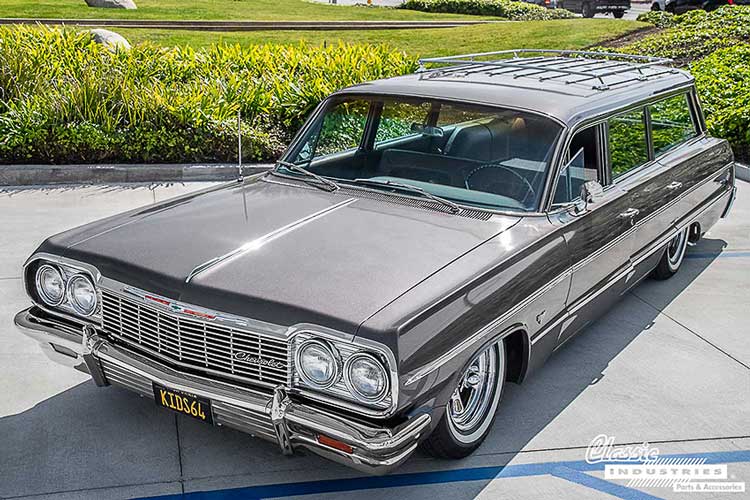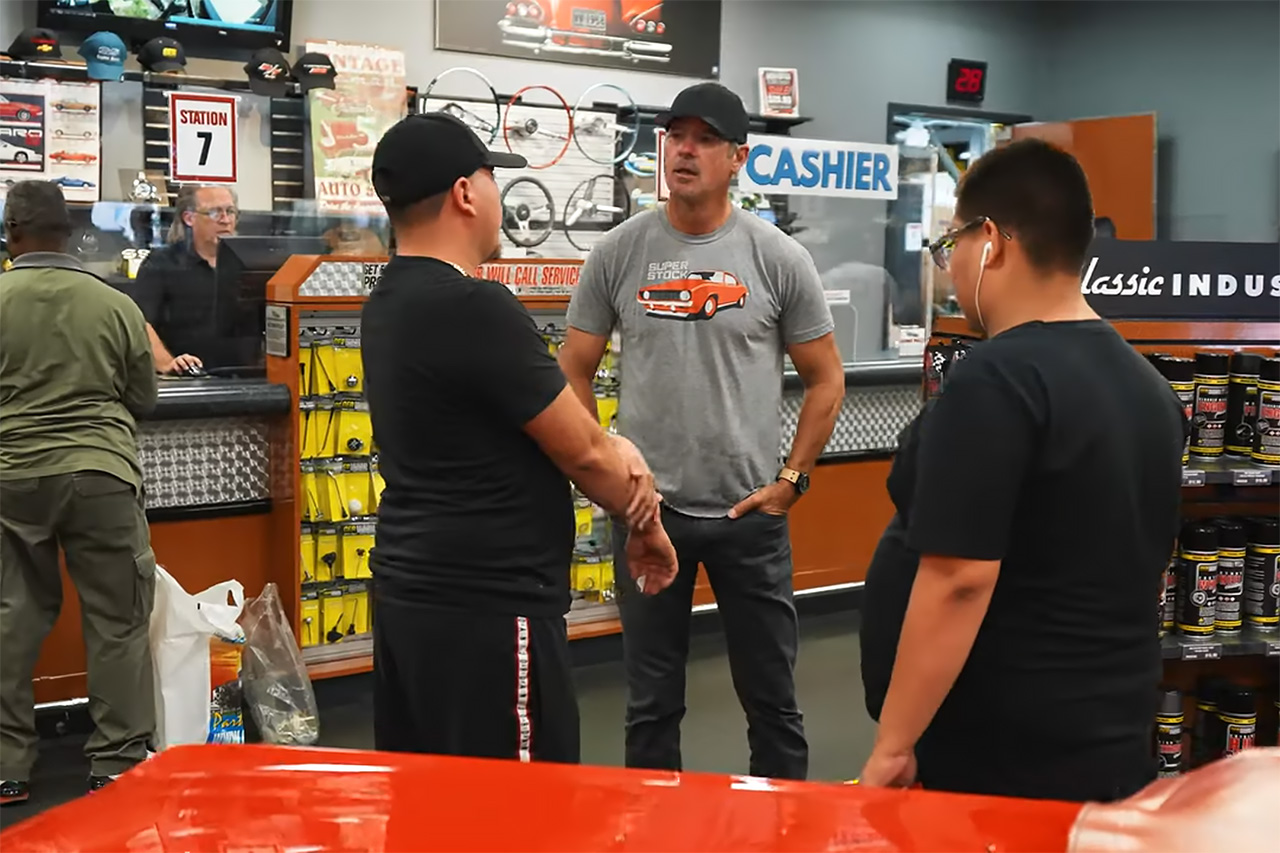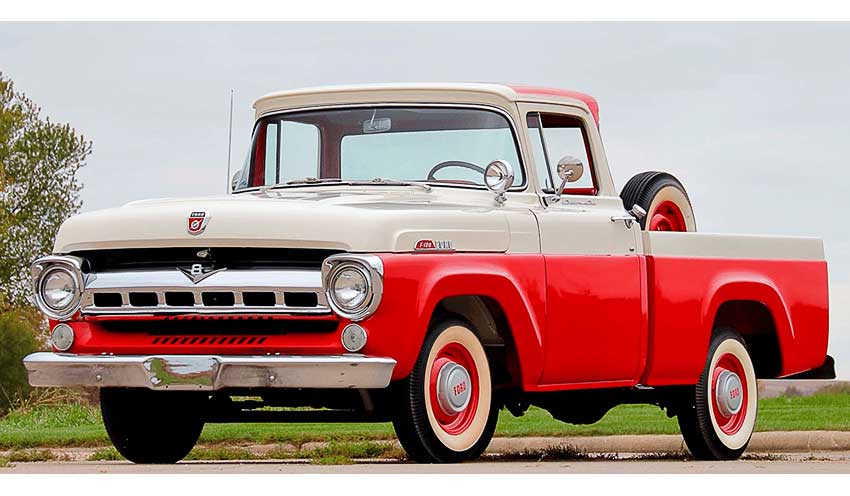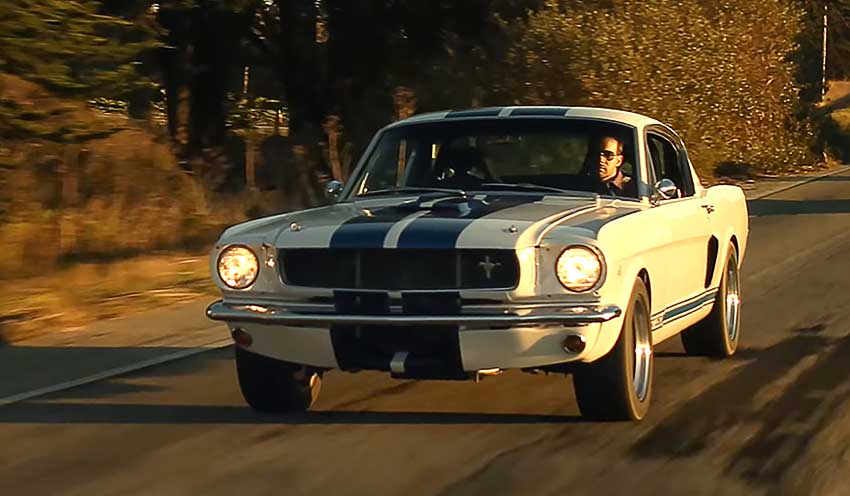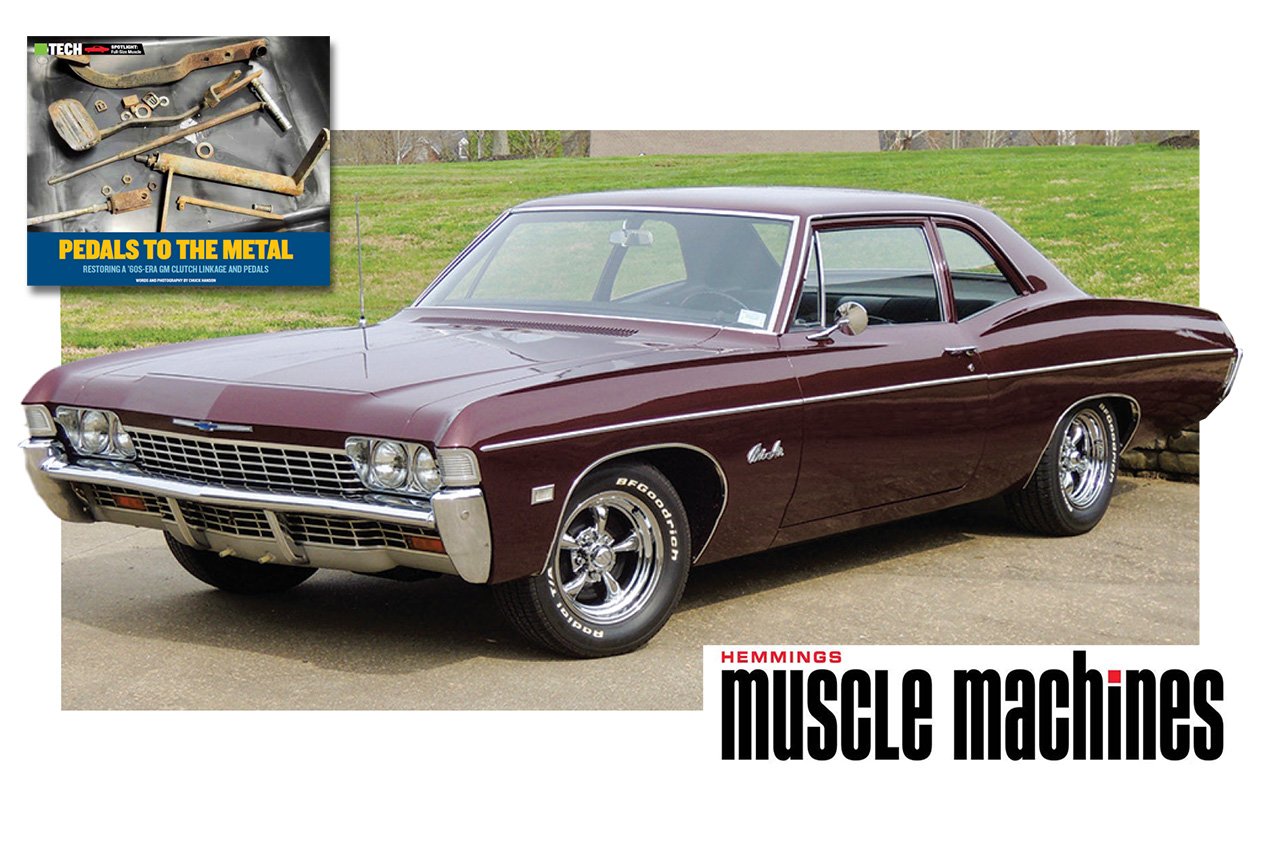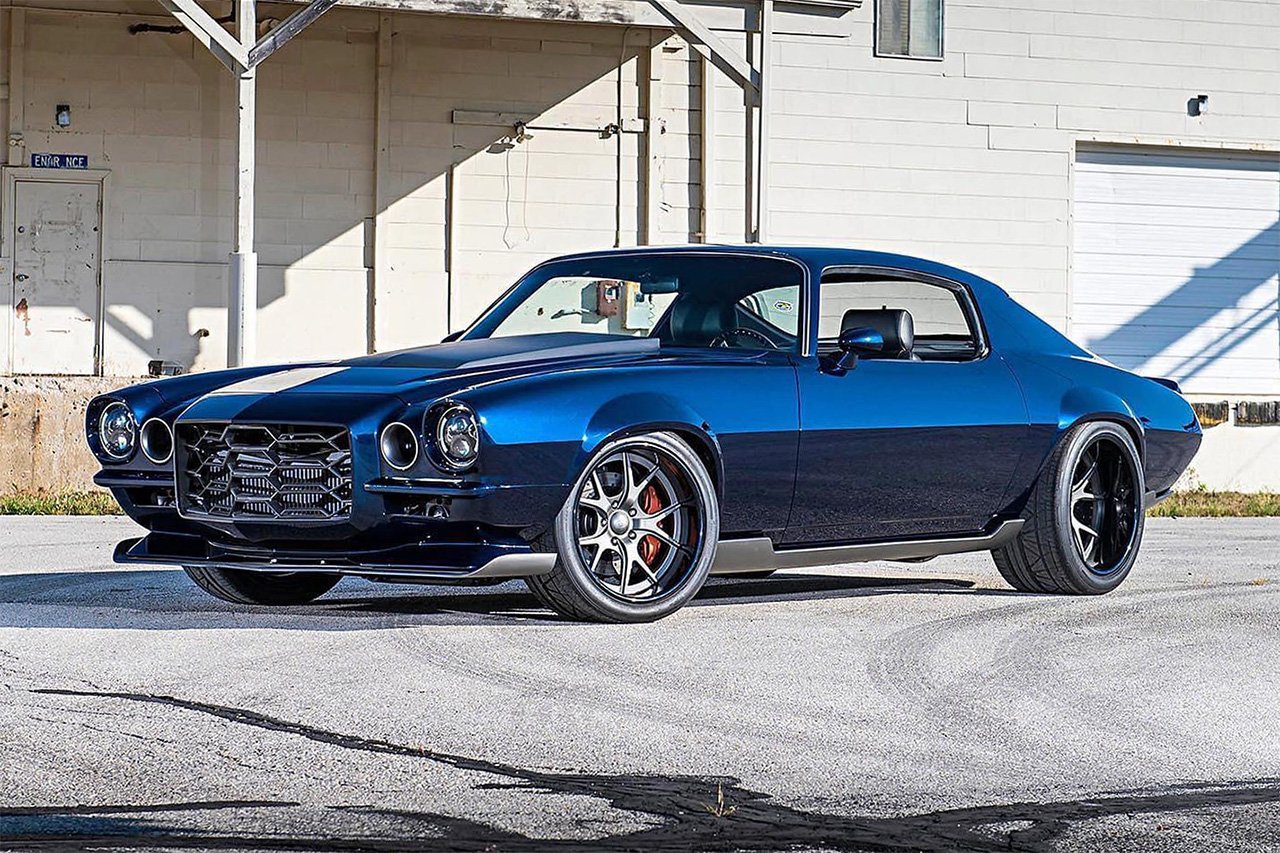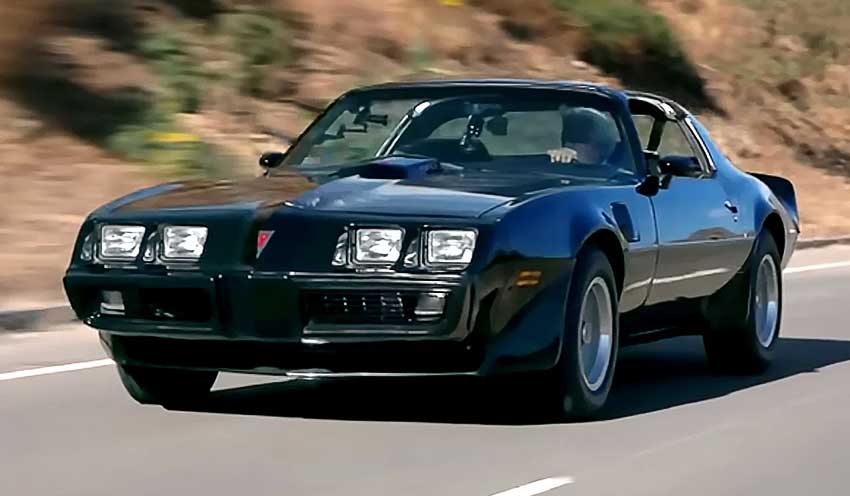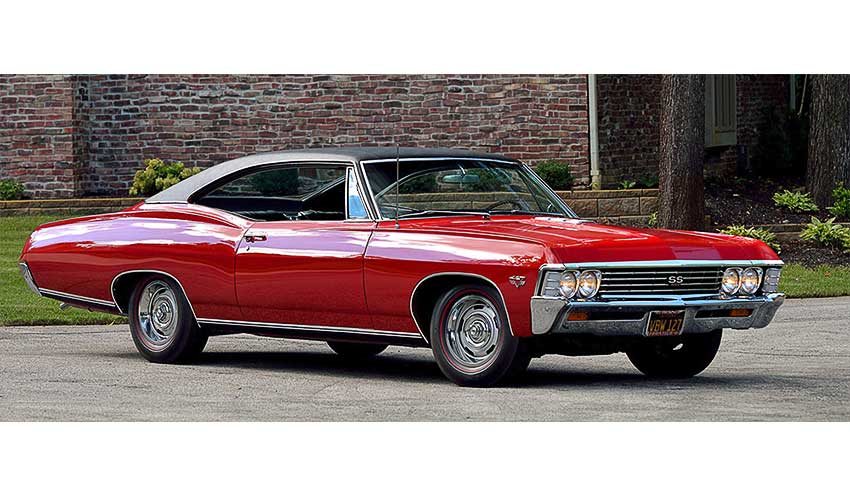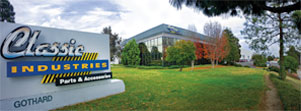Many parents hope to share their interests and hobbies with their kids, whether it's fishing, sports, music, or cars. For Andrew Barker, of Lakewood, California, an appreciation for classic cars definitely runs in the family. When we met Barker in the parking lot outside our Retail Showroom, we asked him what motivated him to restore this beautiful '64 Impala wagon. His response was simple: his kids wanted a project car, and he was more than willing to oblige. The license plate "KIDS64" is a testament to this backstory.



